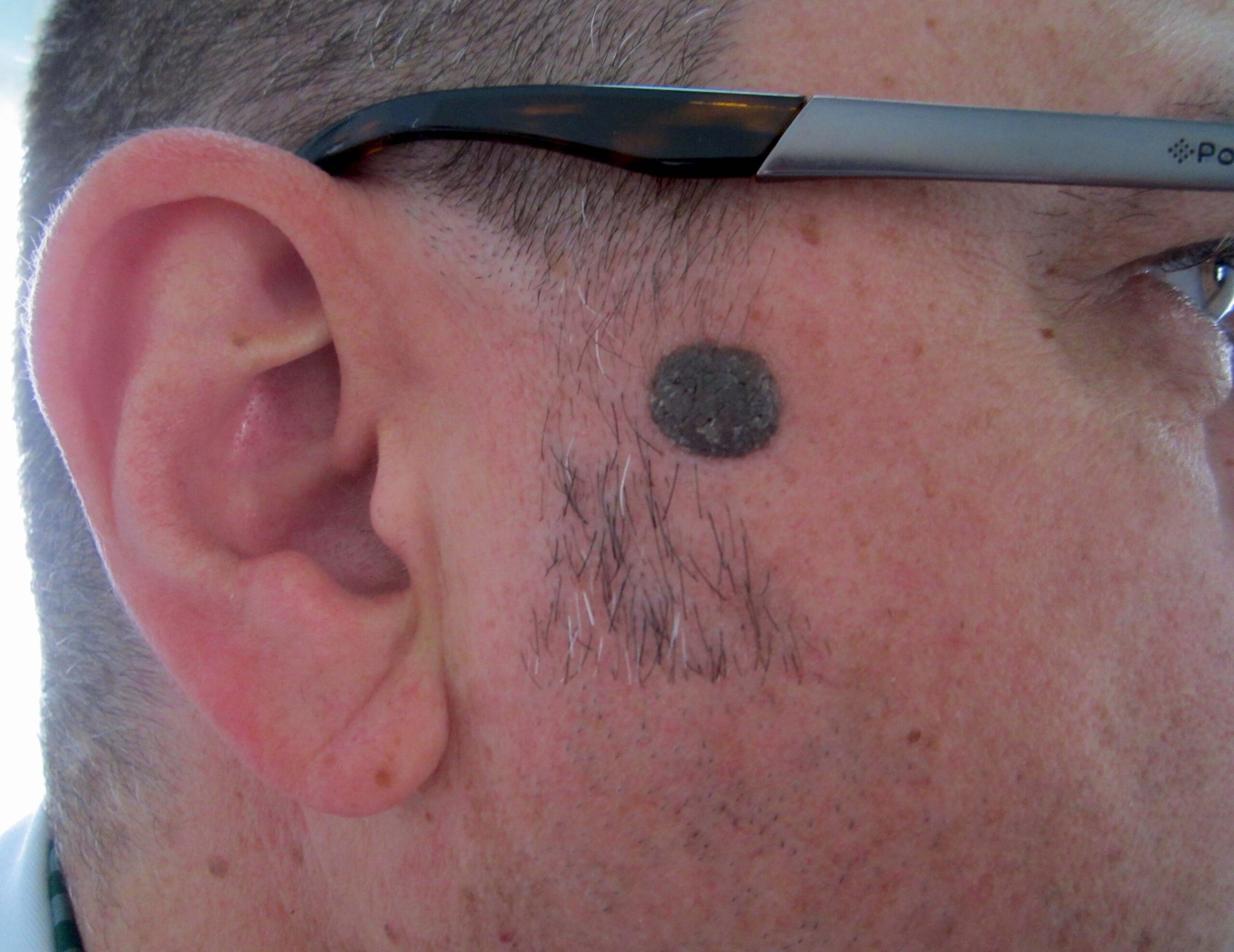Five Signs a Mole May Be Cancerous
Changes in your skin can sometimes be easy to overlook. However, when it comes to identifying cancerous moles, attention to detail matters. Regular self-checks and routine dermatology visits help detect signs that require further evaluation. While not every mole is a threat, certain features raise concern and should be reviewed by a trained professional. The sooner a questionable mole is identified, the sooner targeted action can begin.
Asymmetry in Shape
Moles that are round and uniform tend to be benign. When one half of a mole doesn’t match the other, it may indicate abnormal cell growth. Asymmetry suggests that the cells are multiplying in an uneven pattern, which can be a sign of melanoma. This difference is often easier to detect when comparing moles side-by-side during a self-check. A provider in dermatology may use a dermatoscope to inspect asymmetry with greater accuracy.
Irregular Borders
Clear, smooth edges are typical of noncancerous moles. Uneven, jagged, or blurred borders, on the other hand, raise concern. Cancerous moles often grow in unpredictable ways, leading to distorted outlines. These irregular shapes can develop slowly and may not be noticed without close inspection. Dermatology teams use border analysis as part of a broader evaluation process.
Changes in Color
Most benign moles are a single shade throughout. When a mole contains multiple colors—such as tan, black, red, or even white—it becomes more suspicious. Variation in pigment may signal the presence of different cell types or uneven melanin production. These color changes don’t always happen quickly, so it’s important to track moles over time. A shift in tone or the appearance of darker specks within a mole should never be ignored.
Increase in Diameter
Size alone does not determine whether a mole is dangerous. However, moles that grow larger than a pencil eraser, or that increase in size over time, may require closer attention. This growth could result from deeper changes beneath the skin’s surface. Measuring moles regularly and noting any enlargement is a key part of home monitoring. Dermatology specialists often document lesion sizes over time to assess progression or stability.
Ongoing Evolution
Any mole that begins to itch, bleed, crust, or change in texture warrants a closer look. These symptoms may indicate that the mole is evolving, which is one of the most reliable signs of skin cancer. Changes can occur over weeks or months and may be accompanied by discomfort. Even subtle shifts in appearance or sensation should be taken seriously. In dermatology, ongoing mole evolution is one of the strongest indicators for biopsy or removal.
Stay Proactive With Dermatology
Early detection depends on a combination of awareness, habit, and access to expert care. Monthly self-checks and scheduled visits with a dermatology provider form a reliable defense against late-stage diagnosis. Patients with a history of sun exposure, fair skin, or family history of melanoma should be especially vigilant. Monitoring your skin and acting on changes is a critical step in long-term health. Taking notes or photographs during self-checks can support more accurate tracking over time.







